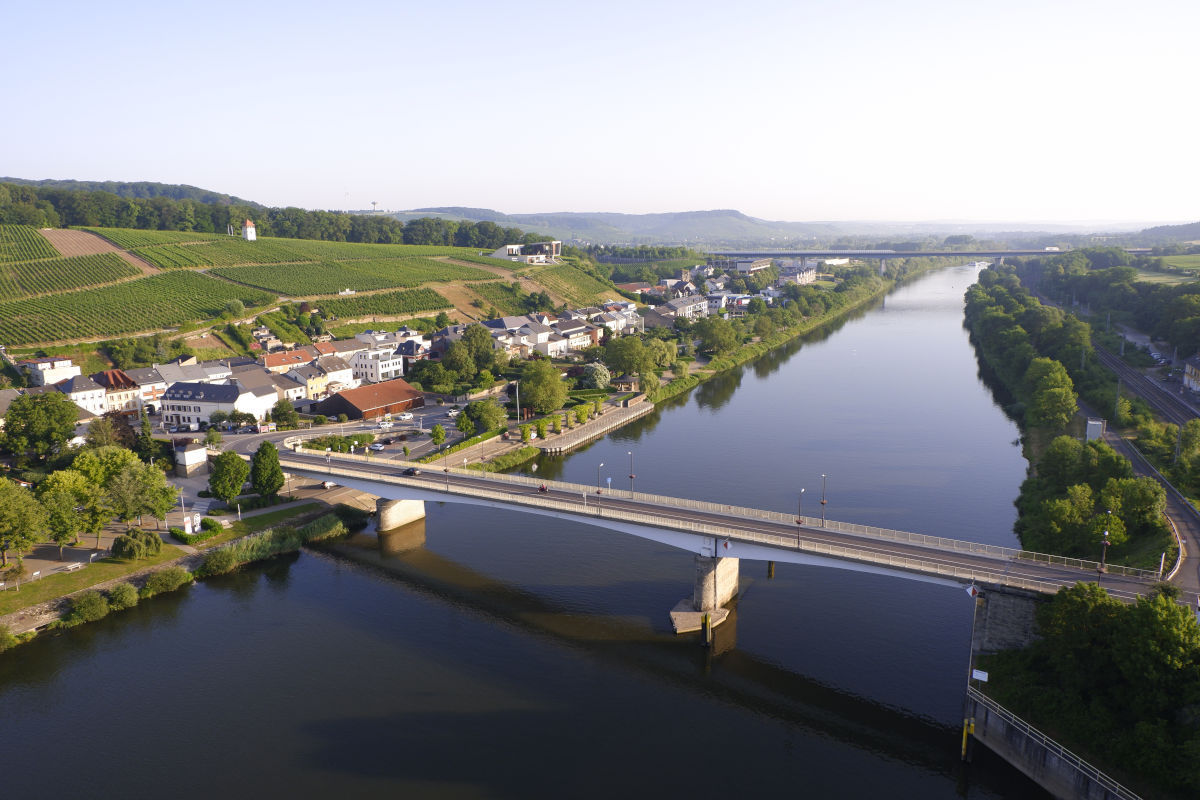
The little village of Schengen in Luxembourg is where the borders of Germany, France, and Luxembourg come together. The so-called Schengen Agreement, which allows visa-free travel, as well as free flow of workers and goods, within the European Union (and a few other countries), takes its name from this Luxembourgish village.
The Schengen Agreement recently has come under attack as refugees continue to flow into Europe at a rate unprecedented since the end of World War 2. But the EU Commission president, Jean-Claude Juncker of Luxembourg, has warned that the euro as a common currency is pointless if people can't move around freely to use it. Earlier this year, Juncker called for creation of a European standing army to protect European values. Those of us who favor popular sovereignty over centralized authority will eagerly but apprehensively watch how the political struggle over the policies associated with Schengen plays out.
But long before the Schengen Agreement took effect, a customs office (a Bureau des Douanes) was situated in the village. The cover shown below was posted from the Schengen Customs Bureau at nearby Remerschen (as Schengen has never had its own post office) on
8 March 1940 11:00-12:00 noon. The manuscript notation at the top asks that the post in Luxembourg-Ville apply official stamps to the letter, which is addressed to the President of the Royal Automobile Club of Belgium. This was done the same day, with a 70c Charlotte (2nd) horizontal official postmarked 8 March 1940 7:00-8:00 p.m. paying the 20g letter rate to Belgium.



No comments:
Post a Comment